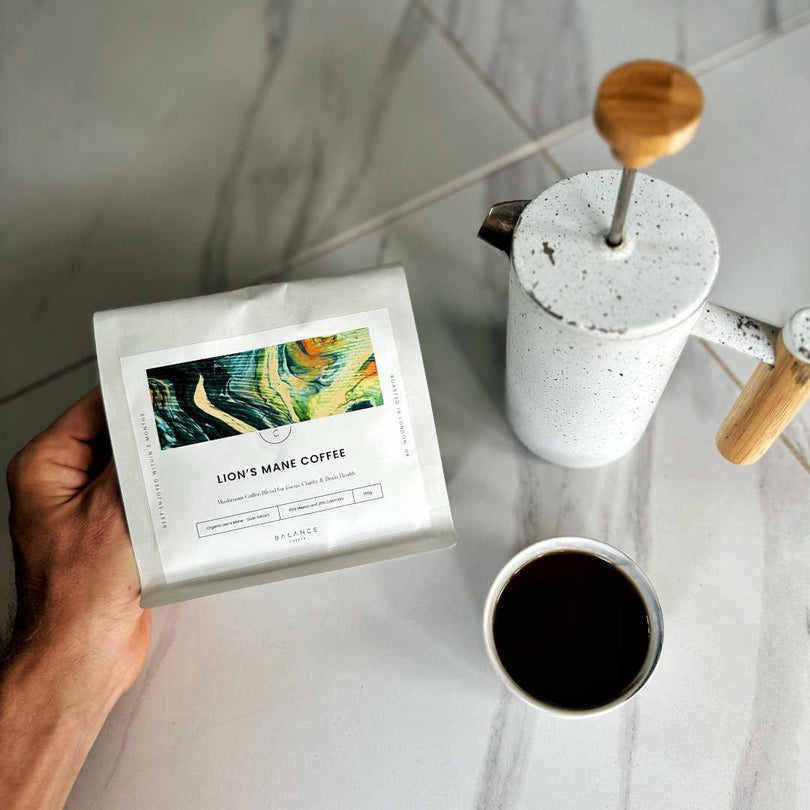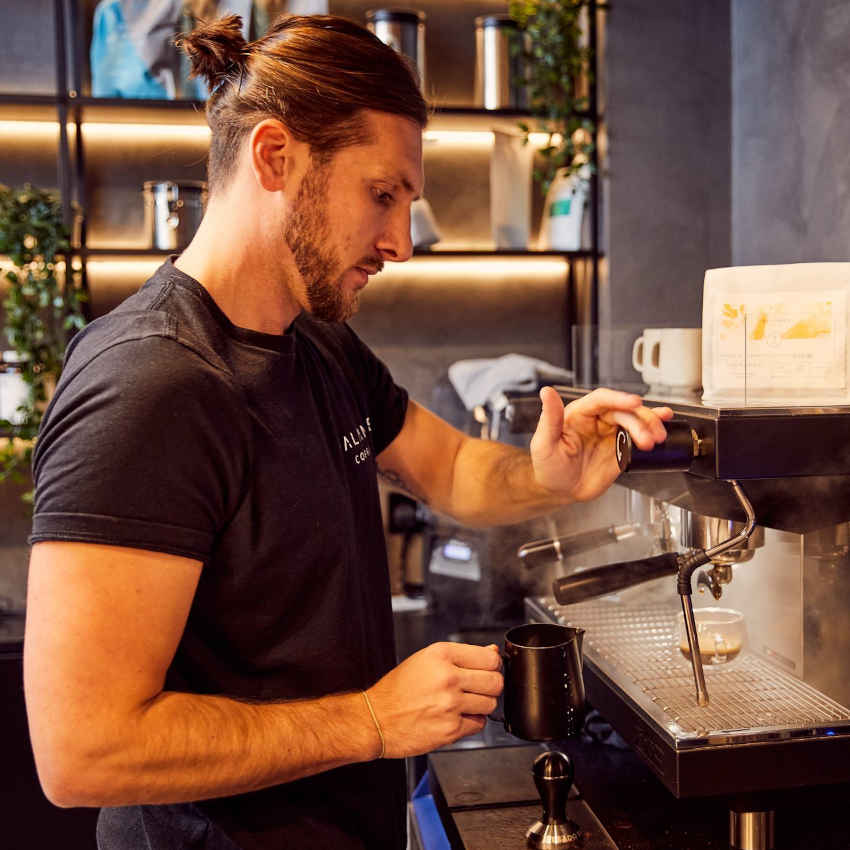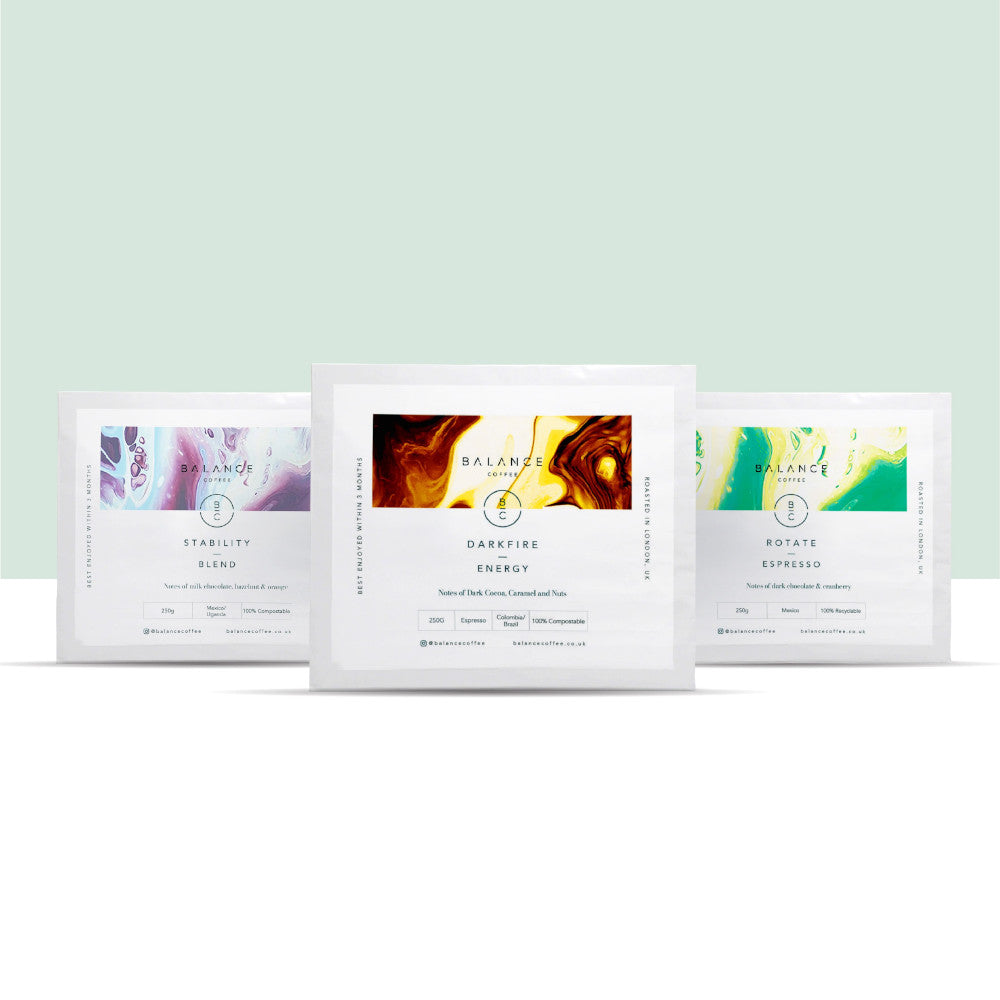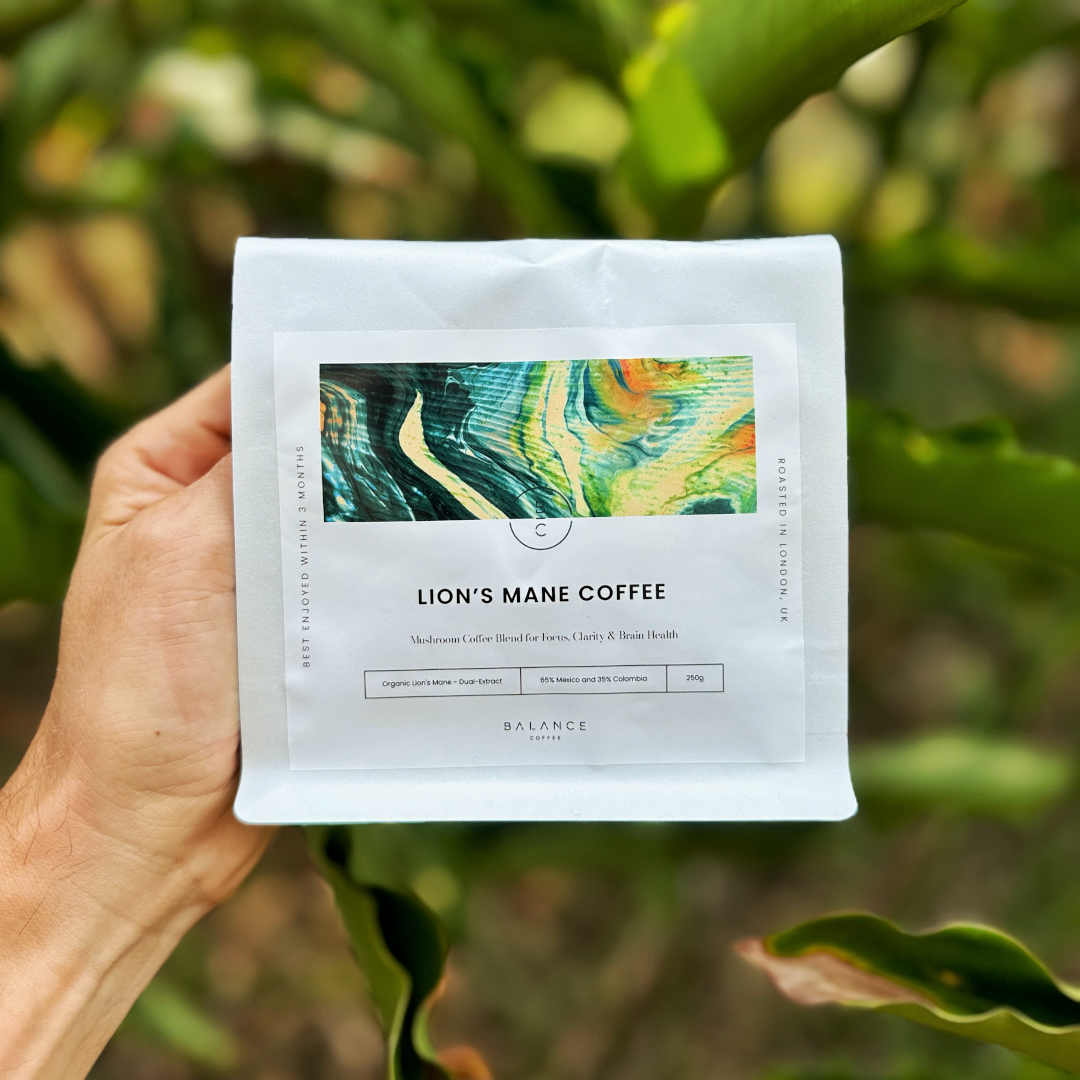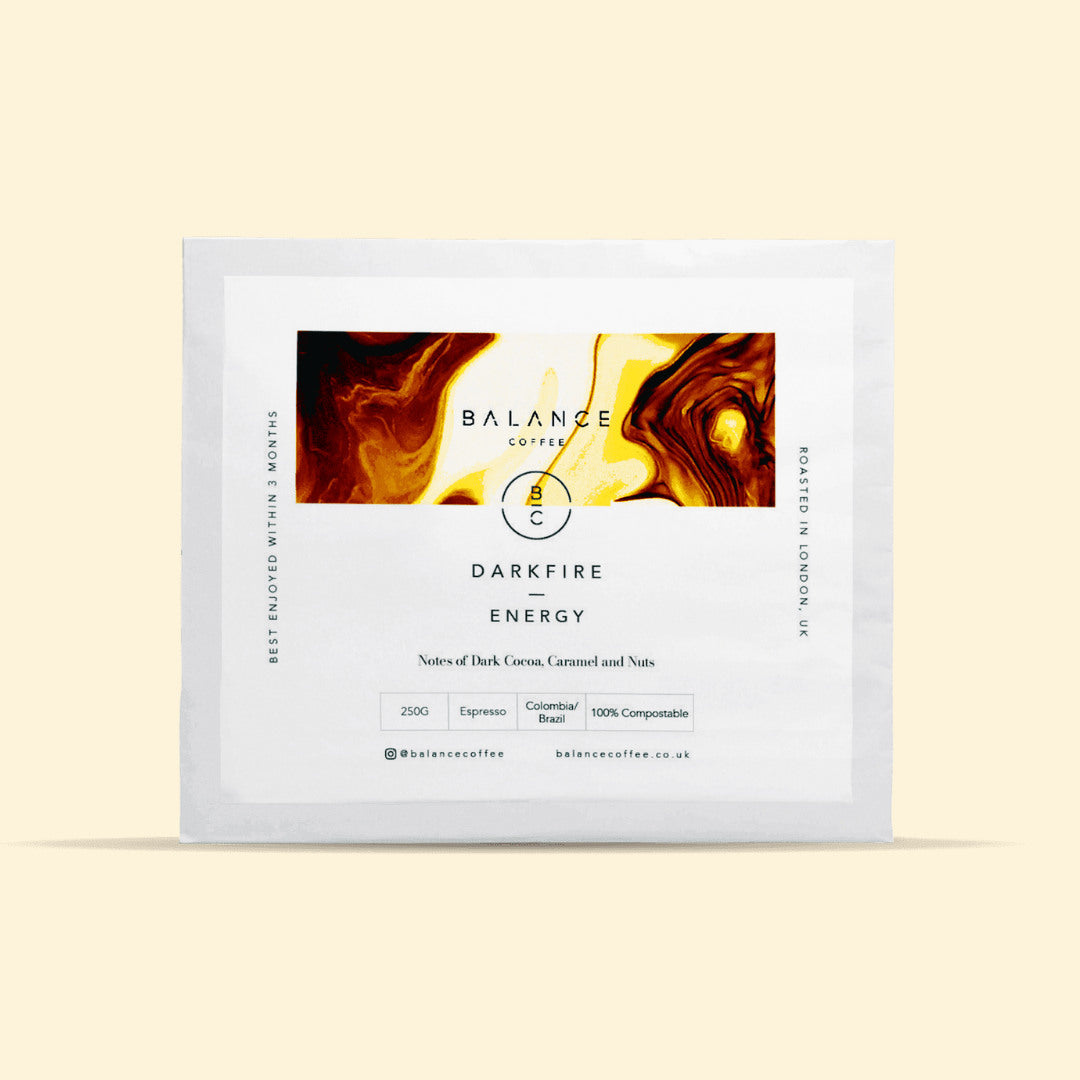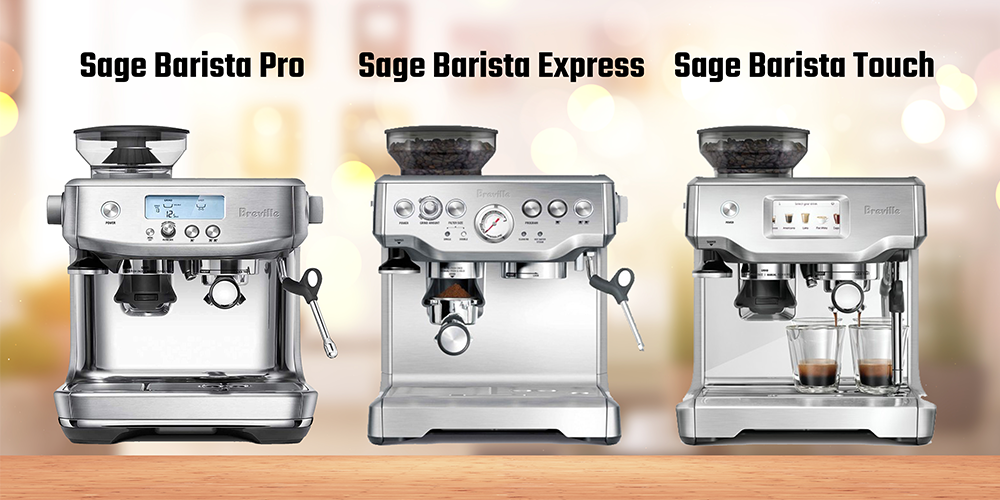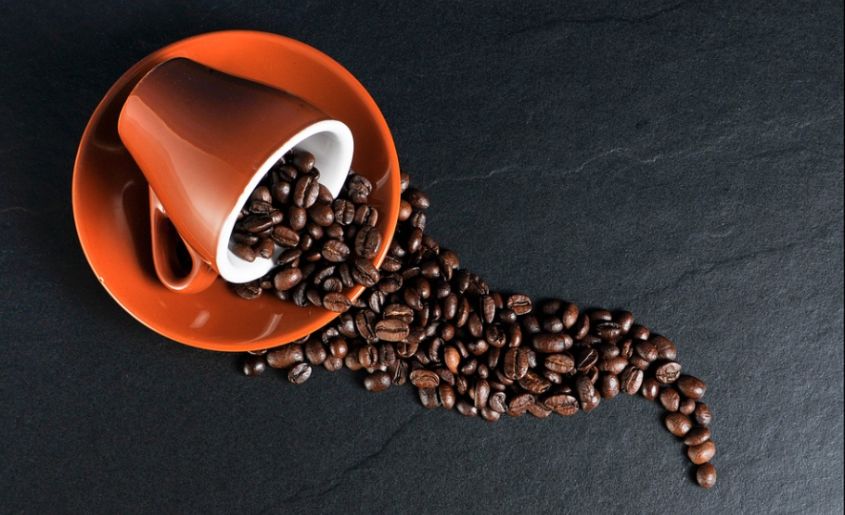When buying coffee, one of the first things you'll need to decide from is the types of coffee roasts.
There are three main types of coffee roasts, each overlapping, creating five types if you want to be really specific.
In this article, I'll describe all five coffee roast types and how to choose one or two based on what flavours you personally enjoy the most.
So why is it so difficult to choose the right roast type?
It all starts with the fact that we are all inherently different. Did you know that our diet or food and drink choices impact what coffee roasts we like? Yes really. That's because your palette will have grown accustomed to more or less bitterness or more or less acidity.

For example, some people have a sweet tooth, and some don't. For this reason, there are various choices of coffee roasts which all significantly impact flavour when we sip on that gorgeous cup of speciality coffee. I'll also delve into the different types of bean blends and roasts so you can learn how many types of coffee beans are roasted..
At Balance, we focus on healthy coffee and roasting beans to perfection, so you know you’re in good hands.
I'll also teach you what flavour notes you might expect from each roast type, so you can pick the best coffee roast type for you. I’ll even break down what works best with black coffee and what works best with milky-style coffees.
Although these are general guidelines, coffee is subjective, like most food and drinks; therefore, any advice I provide you is my general recommendation. Ultimately, you should trust your palette along the way as that's the most accurate tool.
So what's the difference between 'strength' in coffee roasts?
1. Light Roast
So what are the characteristics associated with lightly roasted coffee?
A light roast has visual differences distinguishing it from a medium or dark-roasted coffee. This roast type is light brown, and the bean is less brittle.

Since the bean is harder, it takes a little more grinding power to grind lightly roasted coffee into tiny particles suitable for coffee brewing. Not a problem if you’ve got a top quality coffee bean grinder.
You might ask why the light-roasted coffee bean is harder than the dark roast?
It's simply down to the coffee roasting process. A light roast is roasted for less time than a darker roast. Hence the colour changes and more oily texture on darker roast. In fact, they literally looks and taste more ‘cooked'.
Darker roasts can also be roasted at hotter temperatures, which are carefully managed through the 'roast curve'.
2. Medium-Light Roast
A medium-light roast is medium brown in colour but not as dark as a full roast. Medium-light roasts tend to be sweeter and more fruity than medium, medium-dark and dark roast profiles.. The coffee has a brighter acidity and more flavour notes are pronounced in the cup.
This makes them an excellent option for coffee drinkers who prefer a sweet, easy-to-drink black coffee. The coffee doesn't pack as much punch as full dark roasts, which may make it easier for people who are sensitive to caffeine or have trouble sleeping at night due to caffeine intake.

Medium-Light roasts also offer the distinct flavour of the particular type of bean used. This means you can experience flavours like cinnamon and nuts from a light-medium roast without all the jitters from a darker roast.
3. Medium Roast
Medium roast coffee is pretty much in the middle when we’re summarising the various types of roast profiles. The medium brown roast generally strikes the perfect balance of sweetness with a chocolate centric punch. Perfect for milk based drinks like flat whites because it has a richer consistency than lightly roasted coffee.
The brilliant thing about medium roasts is they generally work for both espresso coffee and filter coffee. Light roast coffees do not have an oily surface like darker roasts do.
Speaking of espresso, you can read this article on what is the best coffee to buy for espresso. It offers some insight if you are the espresso type.

There is no doubt that a medium roast brings out the nutty, chocolaty notes of the beans. It is versatile and can be brewed via pour-over, automatic drip, Moka pot, or espresso.
If you go with a drip method or pour-over brewing, use a medium grind. A medium roast will extract faster than a lighter roast, and a medium grind prevents over-extraction. A finer grind is required for the Moka pot and espresso maker because they both use high water pressure to push water through the coffee puck. This creates a bolder, richer coffee with higher body.
These coffees can be described as sweeter because their flavours aren't overbearing like a dark roast can be. For example, your morning cup of joe might taste like creamy chocolate with a red berry taste, just like the Level Up Blend
These coffees also don't need cream or sugar to make them palatable because they're naturally sweet with flavours such as vanilla and chocolate.
4. Medium-Dark Roast
Medium-dark roasts are one of the most popular types of coffee, and for good reason: it has a full-bodied flavour that's not too bitter but with a subtle hint of a bittersweet aftertaste. This roast is perfect for people who drink black coffee or with just some milk to round off the intense flavour.
If using the French press, grind the coffee more coarsely, so it does not get bitter because of over-extraction.

The medium-coarse grind is best for brewing a medium-dark roast with an automatic drip or pour-over maker. It will reduce bitter flavours. The darker colour comes from the longer roasting, the semi-oily surface, decreased acidity, thicker consistency, and stronger aroma.
The best part is that medium-dark roast coffee beans tend to have lower acidity levels than lighter roasts, making it easier on your stomach if you have any issues with caffeine sensitivity
In fact, I recommend buying a ‘low acid coffee’ if you’re concerned about drinking coffee with too much acidity.
I recently created an incredible new mushroom coffee product combining incredible flavours with functional health wrapped into one.
5. Dark Roast
If you're into stronger, harsher flavours, then choosing a dark-roasted coffee is definitely for you.
Dark roast coffees are generally punchy, with bitter notes, a smooth taste and low acidity. Dark roasts are roasted the longest out of all the coffee roast types, giving them a colour similar to dark chocolate..

A longer roast time creates oils on the coffee beans which are showcased in the brewing process. Darker roasts can taste too bitter if over roasted or over-extracted so be careful.
However, when brewed correctly, you'll find these coffees to be well balanced and just the right kick you need in your day.
When brewing a dark roast at home, use medium-coarse to coarse grind, or your dark roast will taste overly bitter. As people tend to prefer different flavours, it is always a good idea to experiment with a few roast types until you find the one that suits you the most.
If you're looking for something bolder, dark-roasted coffees can have more caffeine than light-roasted coffee beans because the process requires more pressure during the roasting process to extract all the flavours out of the beans.
Nevertheless, too much caffeine from dark roast coffee beans may leave you feeling jittery so the lions mane mushroom coffee will be what you need to reduce those.
Recommendation Table
|
Types of Coffee Roasts |
Best for |
Taste Profile |
Acidity Levels |
Recommend Brewers |
|
Light Roasted Coffee |
Often more popular for filter coffees. |
If you enjoy fruity, floral and complex flavours. |
High |
Filter, V60, Aeropress, Cafetière Coffee |
|
Medium Light Roasted Coffee |
Often more popular for filter although can be used in espresso drinks. |
If you enjoy fruity notes with a chocolate or nutty tone |
Medium-High |
Filter, V60, Aeropress, Cafetière Coffee, Espresso |
|
Medium Roasted Coffee |
A fantastic all rounder, can work with espresso and filter although most commonly used in espresso. |
Chocolate dominant flavour notes with sweet fruit and nutty hints. |
Medium |
Espresso, Filter, V60, Aeropress, Cafetière Coffee |
|
Medium - Dark Roasted Coffee |
For those who love their coffee with a punch and less sweetness. |
Chocolate dominant flavour notes with sweet fruit and nutty hints. |
Low-Medium |
Espresso, Filter, V60, Aeropress, Cafetière Coffee |
|
Dark Roasted Coffee |
If you love your coffee rich, smokey and strong this is for you. |
Burnt Ash, Smokey and Dark Chocolate prominent flavour notes |
Low |
Espresso, Filter, V60, Aeropress, Cafetière Coffee |
Dark Roast vs Medium Roast
Roasting coffee beans to different levels will change the flavour. The difference between dark and medium roast is that the former has a stronger taste with a bitter aftertaste, while the latter is milder and smoother.
Dark roast is good for people who like their coffee strong, but medium roast would be more appropriate for those who prefer a lighter taste. If you can't decide which type you like better, try both.
Caffeine Content Between Coffee Roasts
Light roasts usually have the lowest caffeine content, while dark roasts usually have the highest. This is because the longer a coffee bean is roasted, the more it loses its caffeine.
Light roasts are generally less acidic and sweeter than dark roasts with flavours like chocolate or floral notes. Darker roasts tend to be more bitter and earthy with flavours such as nutty or chocolate coffee.
However, this isn't always the case. For example, many people who love dark roast coffees find that a medium roast can be their favourite coffee bean because it has similar flavour profiles but lacks some bitterness.
Light Roast Coffee vs Dark Roast?
Why do different coffees have different roasts? Does this affect flavour? Will dark roast coffee have more caffeine, or will light roast coffee have more? What is "strength" in the context of supermarket packaging? Let's delve in and investigate. Dark Roast Coffee vs Light Roast.
Light, Medium and Dark Roast Coffee
At Balance Coffee, we generally roast light to medium end of the roasting scale as we believe roasted coffee tastes better this way as it retains the natural sweetness from the original raw bean.
In essence, the darker you roast coffee beans, the more bitter the coffee becomes. There is no reason to say it's negative; if that's what your taste buds desire, then that is what you like.
Moving on to supermarket coffee is more-or-less the same thing as "strength". And it has less to do with strength in terms of the caffeine content but with how much it has been roasted on a scale of light to dark.
Generally speaking, you won't find lightly roasted coffee in supermarkets as the shelf life is shorter than dark roast coffee.
What's the difference between light and dark roast coffee?
Are Dark Roasts Stronger?
It depends on how you define "stronger". If you're linking supermarket rating scales and our roast levels, then yes - the higher the number, the darker the roast.
Darker beans or coffee roasted for longer has been heated to higher temperatures during the roasting process.
This means they become denser due to the breakdown of acids, and thus, a bitter flavour profile is produced. Supermarkets stock dark-roasted coffee for commercial purposes to mask poor quality and increase shelf life.
Dark Roast Coffee - Does That Mean There's More Caffeine?
What is the difference between the strength of flavour and caffeine content? Does light-roast or dark-roasted coffee pack more of a punch? It is a tricky subject matter as many variables are at play.
It's not just down to the beans themselves. It's also about what method you use to make coffee. For example, pour-over coffee methods like V60, Kalita or Chemex will produce more caffeine than Aeropress.

Alexa Tucker writes a great article on how each brew method produces varying amounts of caffeine.
Dark roasts have a higher caffeine content even if we are talking about a single cup of coffee.
The reason for this is they have less mass - they physically use more beans per gram than a lightly roasted coffee, which in turn means more caffeine will be present.
Enjoy this article?
Sign up for our Balance Coffee Club newsletter below for monthly recipes, tips, and hacks to improve your coffee game!
Frequently Asked Questions
Which coffee roast is most bitter?
The most bitter roast is typically a dark roast. This is because a dark roast has been roasted for longer, resulting in more oil coming to the surface and creating a richer, deeper flavour. Generally speaking, the darker the roast, the more intense the bitterness.
Which roast has more flavour?
Light roast has more flavour than other coffee roasts. The lighter the roast, the sweeter the flavour tends to become. This is because light-roasted coffee beans have not been roasted for as long as other coffee profiles, so they retain more natural flavours. Nevertheless, your taste bud should also be a guide because we all have different preferences.
Which coffee roast has the highest acidity level?
Light roast has the highest acidity level, while dark roast usually has the lowest acidity level. This is because light roast coffee contains more compounds that cause our stomach cells to produce acid.
Conclusion
When selecting your perfect coffee roast, experimenting is the best way to find out what you like. Each of the five different types of coffee roasts offers unique and enjoyable flavours that are sure to appeal to various coffee drinkers.
Whether you prefer the smoothness of a light roast, the full-bodied flavour of a medium roast, or the intense notes of a dark roast, there is something for everyone.
No matter which coffee roast you choose, you can be sure that you’ll find a flavour you love and can savour each time you take a sip of your freshly brewed cup of joe.
Now that you know more about the subject, why not try out a few speciality coffee beans and grounds and find out which one speaks to you?


